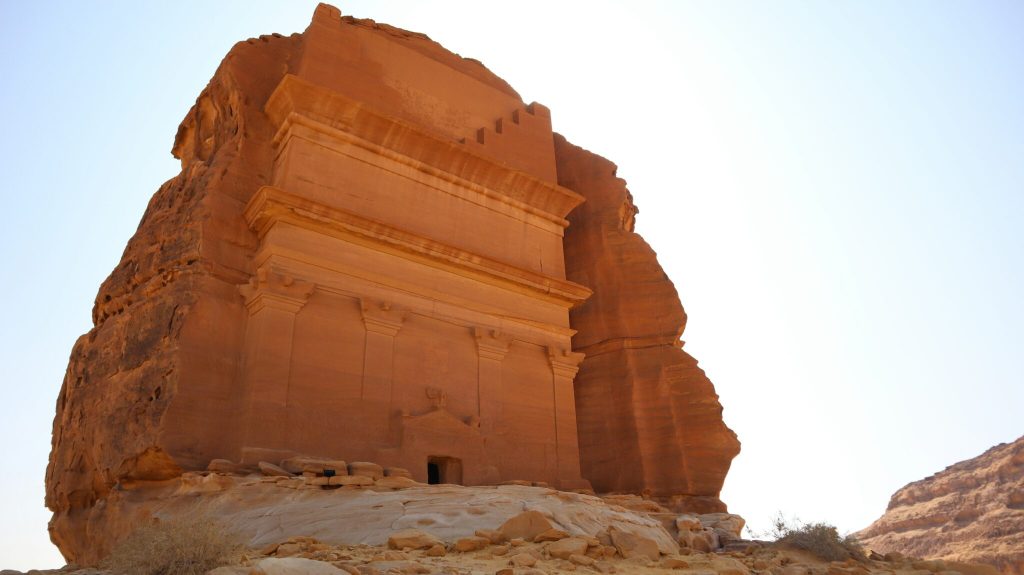Skift reported that Saudi’s Vision 2030 is aiming to attract 70 million international visitors, but there is a lack of affordable hotel options for tourists. The Saudi Tourism Authority acknowledged this issue and stated that there needs to be better communication about the developments in the country beyond the high-profile projects. The CEO of the agency mentioned that by 2030, flagship projects like The Red Sea and Neom will only make up 1% of hotel capacity, highlighting the need for more diverse options for tourists.
Despite the growth in the hospitality sector in Saudi, Knight Frank reported that around 82% of upcoming rooms are in the luxury and upscale categories. Many of the planned rooms for Saudi by 2030 are concentrated in luxury projects like Neom and The Red Sea, with a few exceptions such as Yotel in Neom and Radisson Red in Diriyah. However, the Saudi Tourism Authority recognizes that luxury hotels only appeal to a small percentage of travelers, and the development of new hotels must be balanced across all tiers to cater to a wider audience of tourists.
Hotel operators in Saudi are responding to the demand for more affordable accommodation options. Accor’s COO for the Middle East, Africa, and Turkey emphasized the importance of offering mid-scale and economy brands to cater to the majority of travelers in the world who are not luxury customers. Other operators, such as Radisson, are waiting for opportunities to participate in the big projects in Saudi, which are currently focused on luxury and ultra-luxury developments.
Luxury hotels in Saudi, including those in giga-projects like Diriyah, are seen as marketing tools to attract international visitors. Diriyah’s chief marketing officer highlighted the importance of these aspirational properties in promoting the destination. Diriyah is investing in a wide range of hotels, from upscale brands like Moxy and Radisson Red to luxury properties like Six Senses and Ritz-Carlton. The city aims to cater to a diverse range of residents and visitors, with a focus on creating a vibrant community that appeals to a wide audience.
Diriyah is positioning itself as a city for everyone, with a range of residential homes coming onto the market to accommodate residents and visitors. The city is located close to Riyadh and the international airport, making it accessible to a wide range of people. Diriyah’s masterplan includes various amenities like laundromats, falafel stalls, and cafes to create a vibrant and inclusive community. The city aims to attract young people and those looking for more affordable accommodation options, emphasizing the need to cater to a diverse audience.
The Saudi Tourism Authority is exploring alternative accommodation options to serve more travelers, including short-term rentals like farms, apartments, and homes. With a significant number of short-term rental listings in the region, Saudi is positioned as one of the largest short-term rental markets in the region. Hamidaddin highlighted the growing popularity of alternative accommodations for mass-market tourists and the need to provide a variety of options to cater to different traveler preferences. Overall, the hospitality sector in Saudi is evolving to meet the needs of a diverse range of travelers, from luxury seekers to budget-conscious visitors.















